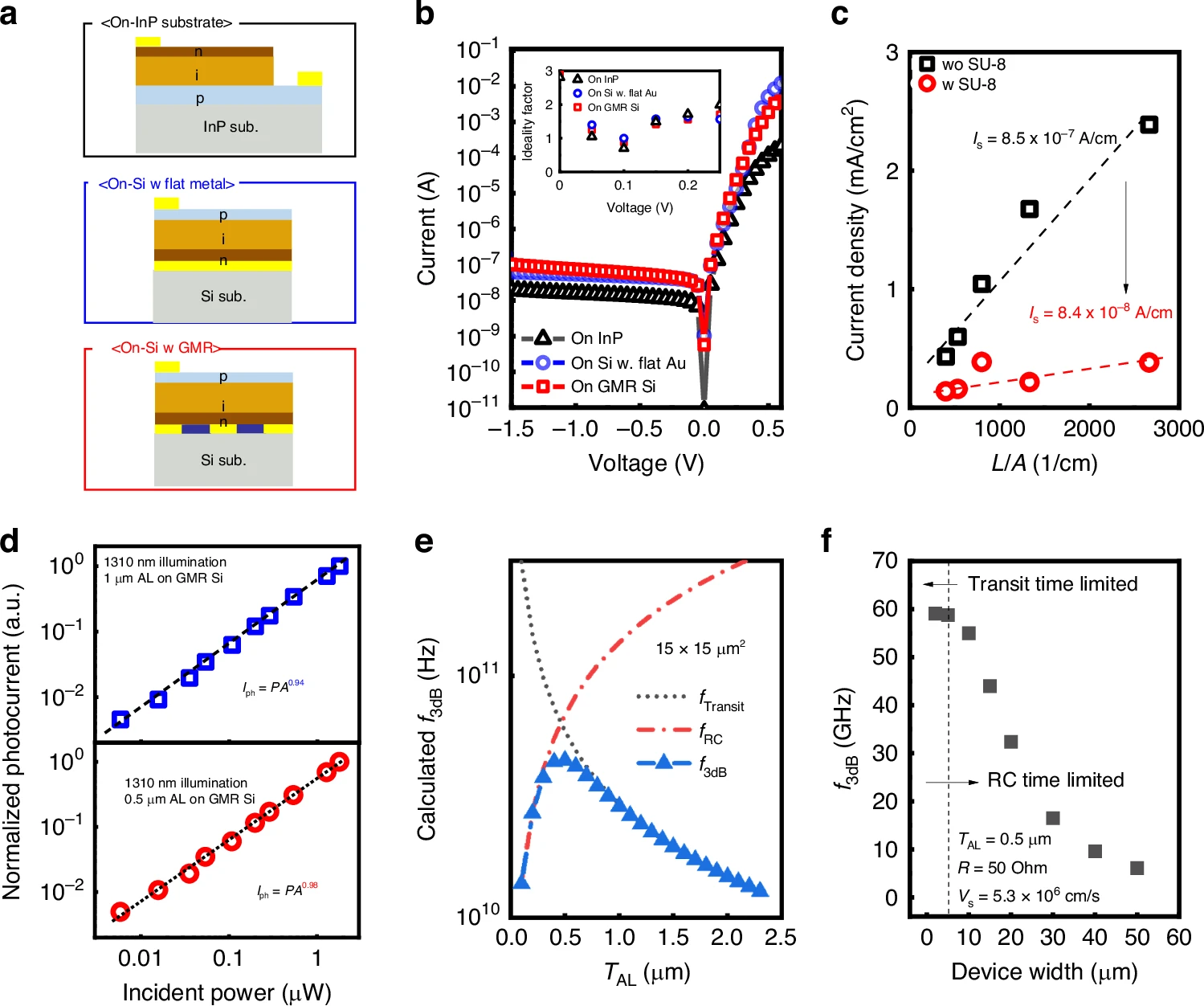MagikEye Brings “Seeing in 3D from Near to Far” to CES 2025: Now Enabling Depth Sensing from 5cm to 5m
STAMFORD, Conn.--(BUSINESS WIRE)--MagikEye Inc. (www.magik-eye.com), a leader in advanced 3D depth sensing technology, is pleased to offer private demonstrations of its latest Invertible Light™ Technology (ILT) advancements at the 2025 Consumer Electronics Show (CES) in Las Vegas, NV. Building on a mission to provide the “Eyes of AI,” the newest iteration of ILT can measure depth as close as 5cm and reaching to 5m. This expanded range can transform how developers take advantage of 3D vision in their products, allowing seeing 3D from near-to-far.
By leveraging a simple, low-cost projector and a standard CMOS image sensor, MagikEye’s ILT solution delivers 3D with unparalleled cost and power savings. A small amount of software running on any low-power microcontroller enables a broad spectrum of applications—ranging from consumer electronics and robotics to AR/VR, industrial automation, and transportation—without the cost of specialized silicon or sensors. With the newest version of ILT, manufacturers can inexpensively add depth capabilities to more devices, increasing product versatility and improving product performance.
“This new generation of ILT redefines what’s possible in 3D sensing,” said Takeo Miyazawa, Founder & CEO of MagikEye. “By bringing the near-field range down to 5cm, we enable a richer, more immersive interaction between devices and their environment, while providing more complete data for AI applications. From tiny consumer gadgets to large-scale robotic systems, our technology scales effortlessly, helping our customers drive innovation, enhance user experiences, and unlock new market opportunities.”
During CES 2025, MagikEye invites interested partners, product designers, and customers to arrange a private demonstration of the enhanced ILT technology. These one-on-one sessions will provide an in-depth look at how to seamlessly integrate ILT into existing hardware and software platforms and explore its potential across a multitude of applications.

















